How to reduce your website's bounce rate

Bounce rate is a metric that measures the percentage of visitors to a website who leave the site after viewing only one page without performing any actions like clicking. A high bounce rate means that a large percentage of visitors are leaving the site quickly, while a low bounce rate indicates that visitors are engaging with the site and viewing multiple pages.
With the help of Bounce Rate, you can measure and understand how well a website is performing. A website with a high bounce rate means that the content is not relevant or engaging to visitors, or website surfing is confusing. On the other hand, a low bounce rate may indicate that the site’s content is well-targeted and engaging and is easy to navigate. However, it’s essential to remember that bounce rate is not always an indicator of a website’s success, and the same impression you will find in the following tweet from google analytics.
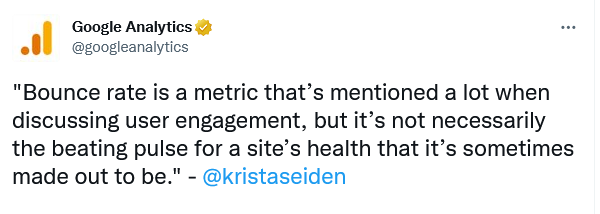
It is important to consider other metrics such as conversion rate, time on page, and pages per session.
It’s also important to note that the average bounce rate varies depending on the type of industry you’re into. For example, a blog or news site may have a higher average bounce rate compared to an e-commerce website, since visitors on news websites may be more likely to read a single article and then leave the site.
How to Check Bounce Rate?
Calculating the total number of one-page visits sums up the bounce rate. Then, the total is divided by the total number of website entries. For example, if the homepage of a website receives 1,000 visitors per month, and half of these leave the site after looking at the homepage without doing anything, the bounce rate would be fifty percent.
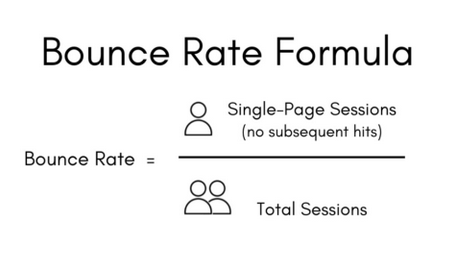
You can check it in Google Analytics by going to the Behavior-Site Content-Landing Pages report.
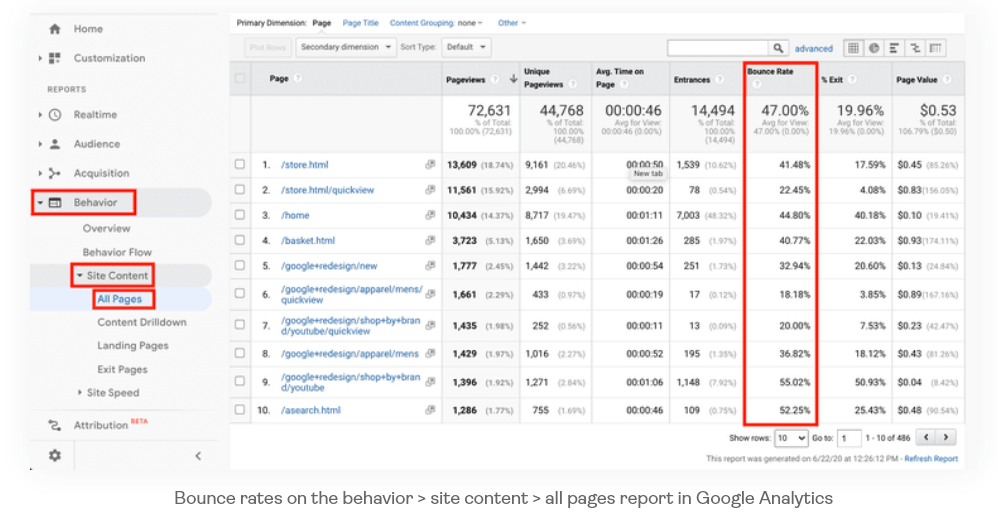
Image Source- HotJar
On top, you can find a line graph that tracks users over time. You could add ‘bounce rate’ as a metric to plot along with users to see the trend. Scroll down to see summaries by landing page, in which the bounce rate is one of the key metrics for every landing page. Aside from cutting data by landing page, you could cut it by traffic source as well, or several other dimensions that Google Analytics provides.
How do you reduce your website’s bounce rate? The following sections provide some tips for that.
Attract the Right Visitors
Consider the last time you were looking for something specific on a website via a SERP but could not find it. If you’re like most, you probably spent a short time looking around before going elsewhere. How do you attract the right visitors?
Build multiple landing pages with unique keywords and content for your different buyer personas. Furthermore, you should maintain rankings for branded terms, and write useful, attractive meta descriptions for search engine users. It would also help to boost the targeting of online advertising campaigns.
Make sure that SERP listings are as attractive as possible with well-written meta descriptions. See to it that your online advertising campaigns are targeting the right people.
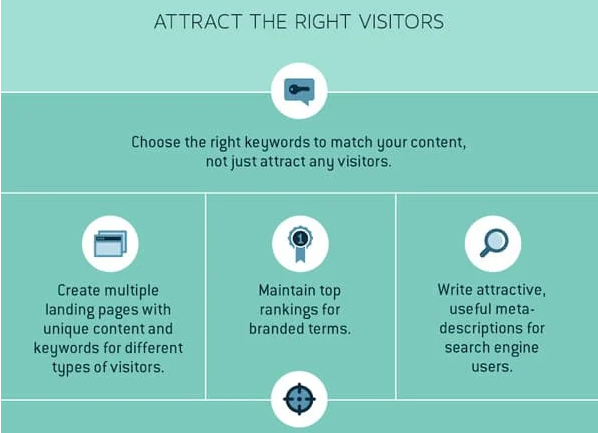
Image Source - Hubspot
Page Load Time
Many marketers assume that if the bounce rate is high, the problem lies with page content. However, the truth is that serious issues could arise before a user has a chance to even read a page at all. Taking forever to load is, without a doubt, the worst problem on a web page.

This is particularly true for mobile sites. A connection delay of just 500 milliseconds could result in a decrease in engagement. Consider using a performance-optimized hosting solution that plays a significant role in the management and performance of your website. Furthermore, you can also compress and optimize the images. This could include enabling lazy loading, changing file formats, and compressing images through lossy compression.
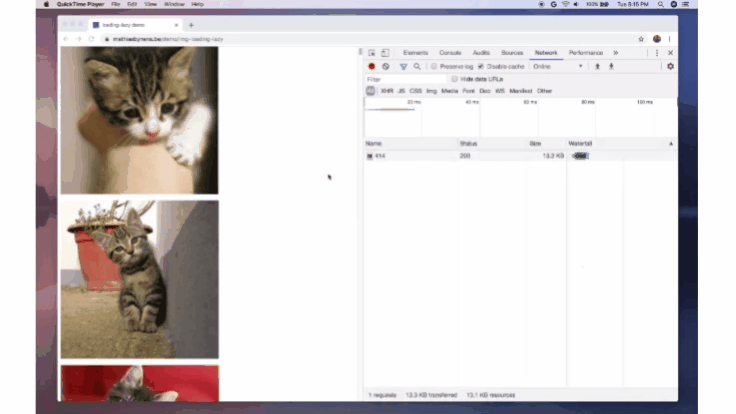
Example of Lazy Loading Web.dev
Add internal links
These links serve as guides to visitors to a website’s other pages. Both links, internal and external, provide more high-quality content. Most of all, these links are excellent in reducing the bounce rate. Creating topic clusters is one of the best ways of adding internal links. Topic clusters are groupings of related content, with all the pages linked to one another.
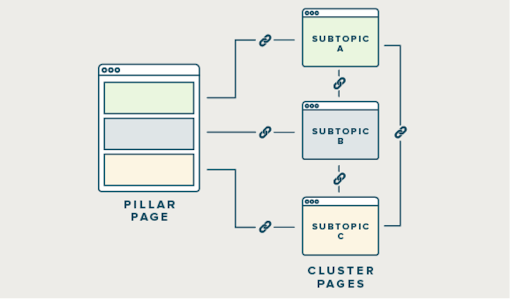
Source - Moz
Usually, there is a pillar page that covers a subject thoroughly at a high level. However, cluster pages go much deeper into individual subtopics. Furthermore, they let you anticipate the next questions of your audience and then provide them with the right content before they return to Google. Simply put, you keep them in your ecosystem and minimize the bounce rate.
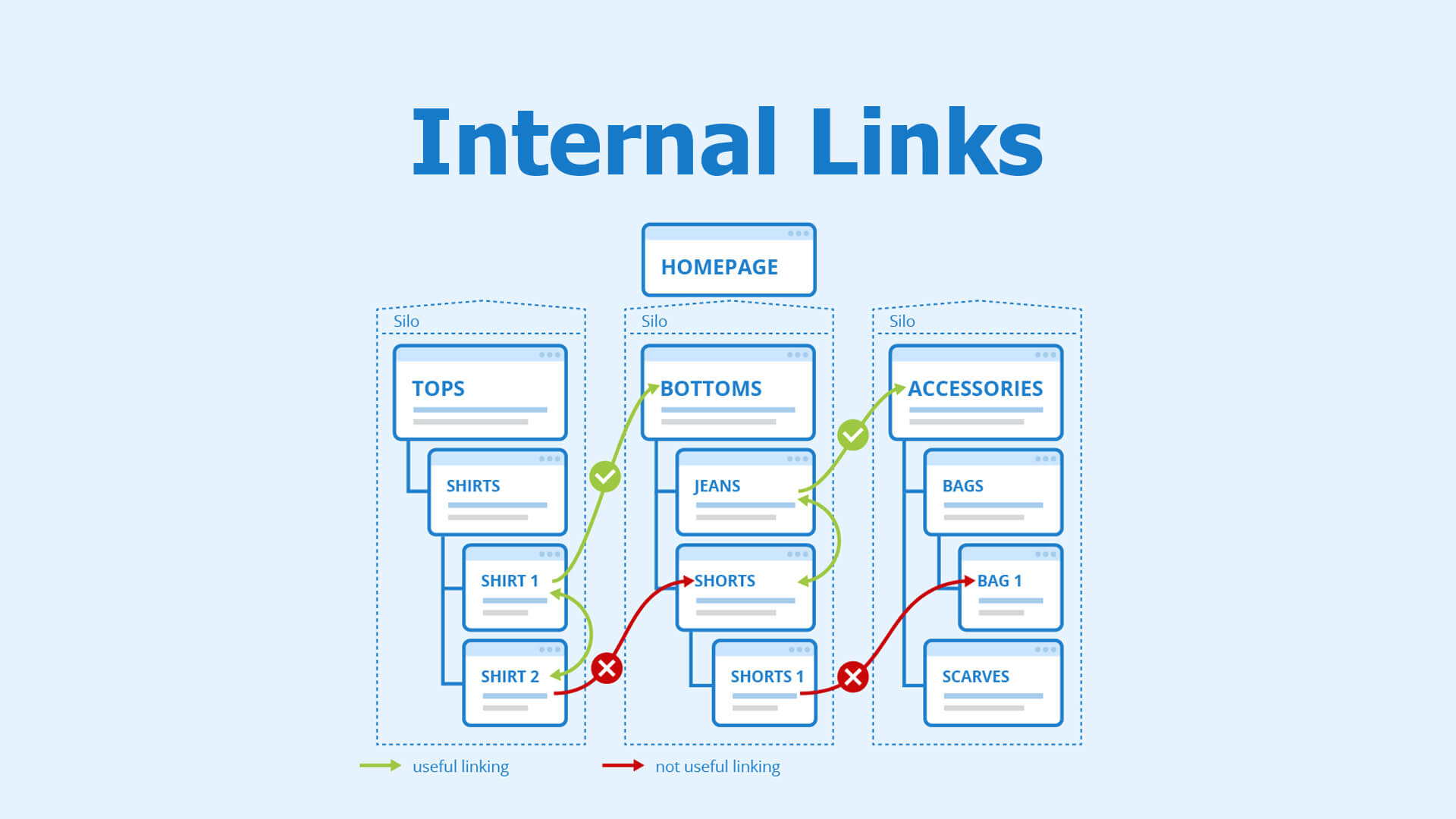
Image Source - Sitecentre
Display clear calls to action
Another reason for a high bounce rate is the lack of clarity. If your website does not have a clear call to action, visitors will have no idea what you want them to do, and they will not stick around and try to guess. The call to action depends on the customer journey and what you deem a conversion at every stage.
For example, if you have an online store, your call to action could be to buy a product, avail of a promo or special deal, or select a category. Using welcome popups is one way of displaying a clear call to action. If providing services is your line of business, then the call to action could be, for instance, booking a free consultation call or filling out a form with unique selling proposition (USP).
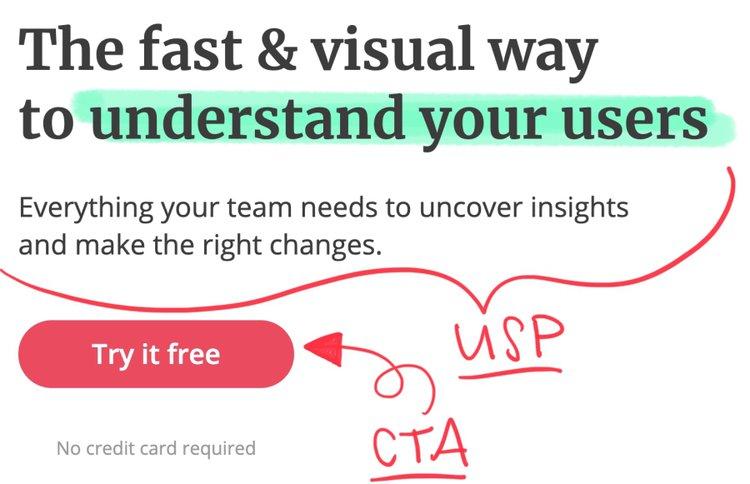
Session Replay for Developers
Uncover frustrations, understand bugs and fix slowdowns like never before with OpenReplay — an open-source session replay tool for developers. Self-host it in minutes, and have complete control over your customer data. Check our GitHub repo and join the thousands of developers in our community.
Site Mobile-Friendly
The importance of having a mobile-friendly website should be reiterated. Sadly, there are still several websites that are not mobile-friendly. With the number of mobile users, failing to optimize a website for mobile is practically begging for a high bounce rate.
Launching a mobile-friendly website could be painstaking, particularly for big websites. Nevertheless, mobile optimization is paramount for every kind of website. Making your website mobile-friendly is an absolute must, regardless of the time, expense, and effort involved. While this could incur upfront costs, it could yield many benefits later on and a bigger return on investment.
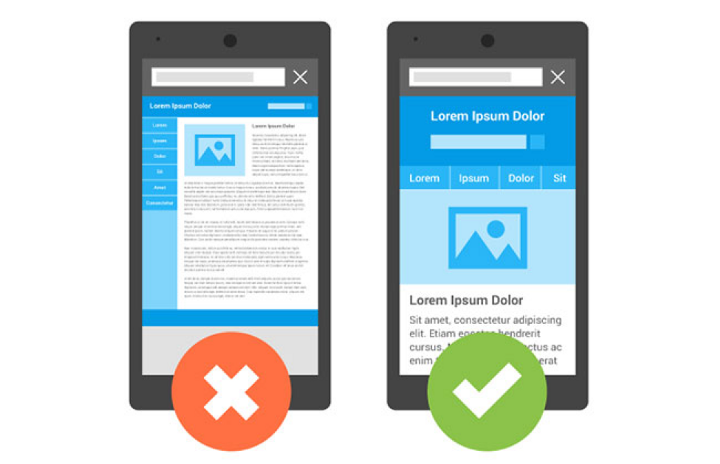
Image Source - Hypeagency
Show your credibility
Credibility matters in websites, and you should never ignore it. Whatever you do online, keep in mind that it can’t be all about making money quickly at the expense of your principles and reputation. You should instead use every opportunity to help others. Transparency and giving away many valuable resources for free are instrumental in your website’s success.
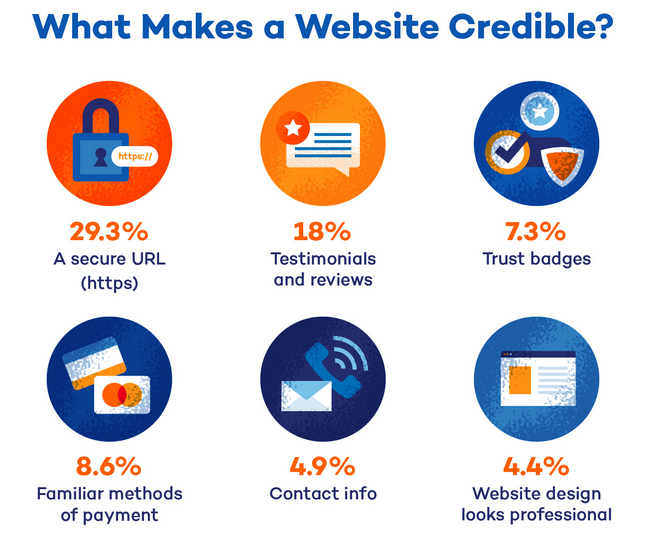
Survey from PandaSecurity
The more credible you are, the more money you’ll make. That’s a no-brainer. A credible website does the following:
- Gives assurance that the people’s personal information is safe.
- Showcase the testimonials from the customers.
- Makes people believe and trust the content.
- Instills confidence in people.
- Add trust badges from the trusted sources.
- Eradicates the buying dilemma, such as whether to buy or not.
Readability of your text
Text or content readability is an integral factor in the bounce rate. Even if a website’s content matches the search intent, if it’s hard to read, then there is always the possibility of a high bounce rate. Keep in mind that a big percentage of people visit your website on their mobile devices with small screens.
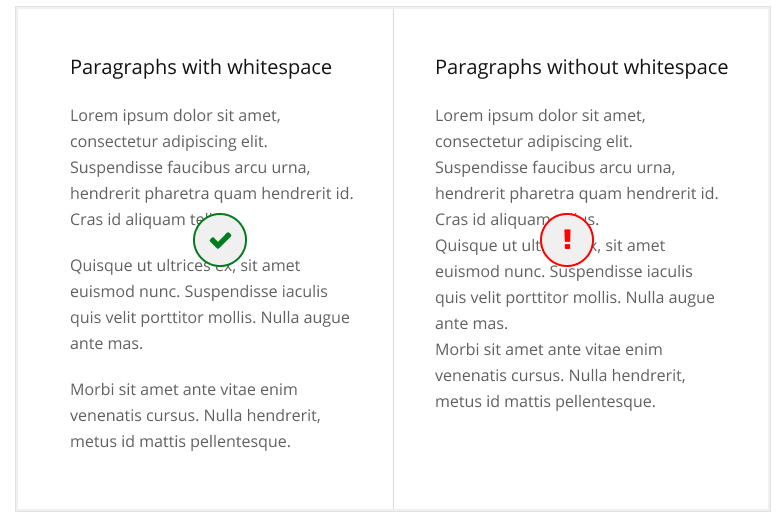
Image Source- Finalsite
Thus, you should ensure that your content is easy to read to reduce the bounce rate. Here are some simple ways to boost text readability:
- Use plenty of paragraph breaks and refrain from using walls of text.
- Increase the font size.
- Turn lists into bullet points.
- Use a lot of headers and subheadings to make more skimmable content.
- Make use of color blocks to break out important text.
- Add creative elements, such as illustrations or images.
A/B testing
A/B Testing lets you optimize your website consistently to provide your visitors with an outstanding user experience. Furthermore, running A/B tests could boost your conversion funnel and ultimately lower bounce rates.
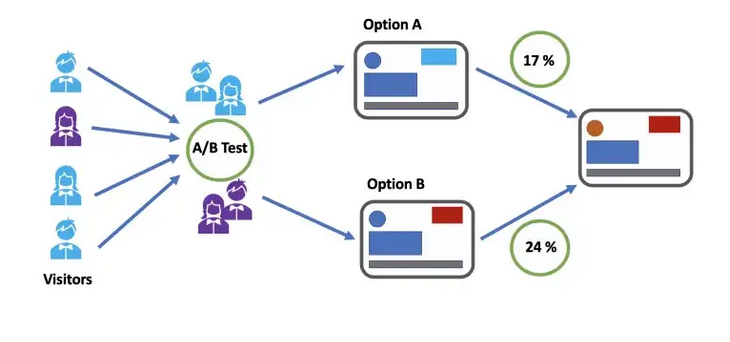
Image Source- Towards Data Science
There are several elements in your website that you can do A/B testing, such as:
- Layout
- Landing pages
- Navigation menus
- Calls-to-action
- Opt-ins
You can start with pages with particularly high bounce rates. Create a hypothesis about possible reasons, then run A/B tests to determine if your hypothesis is valid. If you’re correct, you can perform the appropriate optimizations and then proceed to other areas of your website.
Conclusion
In the cut-throat competition these days, reducing the bounce rate of our website is paramount to remain on the competitive edge. So, the key to reducing the bounce rate is to start identifying issues and opportunities and create a healthy relationship with your intended audience.

